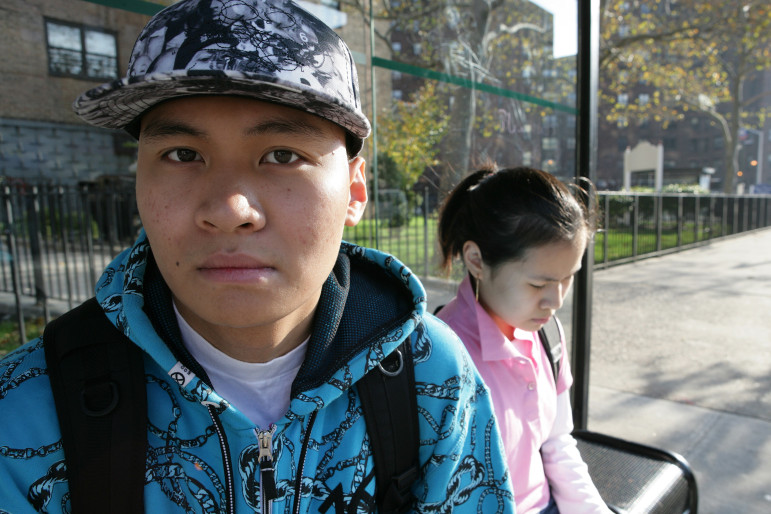 WASHINGTON — Nearly 1.4 million U.S. students were homeless last year, a number that some advocates say points to the need for better coordination among services that help children and families.
WASHINGTON — Nearly 1.4 million U.S. students were homeless last year, a number that some advocates say points to the need for better coordination among services that help children and families.
New data from the U.S. Department of Education show that 1.36 million students in public schools were homeless during the 2013-14 school year, up 8 percent from the year before and double the number who were homeless before the recession during the 2006-07 school year.
Barbara Duffield, director of policy and programs at the National Association for the Education of Homeless Children and Youth, said students who are homeless often fare worse in school than their peers, problems that carry over into any after-school program they participate in.
Upheaval and inadequate transportation mean it’s tougher for homeless children to participate in an after-school program at all. If those children do participate, they may be too worried about where they’re sleeping or eating to benefit fully, Duffield said.
“All those physical and psychological issues will interfere with how they fare — how well they’re able to absorb those lessons,” she said.
Studies have shown children who experience homelessness are more likely to have lower test scores and to miss school.
A combination of factors probably led to the increase in homeless students, including lingering effects of the recession among the nation’s poorest families and more comprehensive data reporting by some school districts, Duffield said.
Advocates pointed out that the data does not include infants, toddlers, young children who are not enrolled in public preschool, children and teenagers who have left public school and those whose homelessness goes unnoticed by school officials.
[Related: TANF Helps Support Homeless Families]
Using the data to make a difference
The Department of Education’s data are used to determine eligibility for programs that ensure students experiencing homelessness have access to a quality education. The department’s definition of homelessness is not the same as the one used by Department of Housing and Urban Development (HUD).
Duffield said the latter is too narrow and can exclude a family staying in a motel or moving from house to house to stay with friends or relatives from some HUD services. A coalition of advocates wants to change the HUD definition.
They support the Homeless Children and Youth Act, a bipartisan bill in the House and Senate (HR 576, S 256) that would broaden and standardize the definition of homelessness across federal programs.
When children don’t have access to housing programs, because of definitions or the availability of services, the burden falls on public schools and child welfare agencies, said Ruth White, executive director of the National Center for Housing and Child Welfare.
She said children may land in foster care because there is nowhere for their family to go.
Child welfare workers are “in the unenviable position of having to separate a family rather than deal with a housing crisis,” she said.
Pending federal legislation would give child welfare agencies more discretion about how to use funding, so they can address housing issues rather than turning automatically to foster care.
Changing the definition of homelessness in a way that adds more people to the rolls wouldn’t automatically cost more money because housing services are not an entitlement, Duffield said.
The pending legislation does have critics.
Defining terms does not help the homeless
The National Alliance to End Homeless opposes the Homeless Children and Youth Act, saying the proposal would make millions more people eligible for services without adding resources to an already overburdened system.
“The line between who is homeless and who is not can be argued. But it is clear that calling millions more people homeless, making them eligible for assistance, but providing no increase in help is not progress,” the group asserted in a statement.
HUD officials echoed the Alliance’s comments. Officials are looking for ways to incorporate data, like what’s collected by the Department of Education, into their understanding of who is homeless and how best to help them, according to the department.
More articles related to this one:
Low-Income, Homeless Teens Use Art for Job-Readiness
Counting the Homeless Kids in Atlanta
Documentary on Homeless Teens in Chicago Aims to ‘Show the Struggle’






























